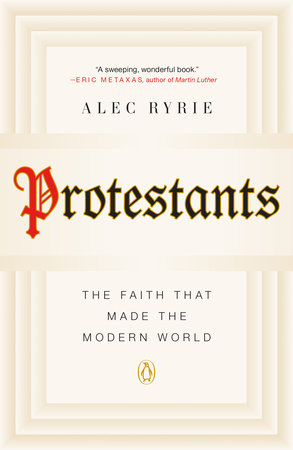Roman but Not Catholic: What Remains at Stake 500 Years after the Reformation
By Kenneth J. Collins and Jerry L. Walls (Baker Academic)
 The Roman Catholic Church maintains it is the one-and-only true church of Jesus Christ because God provides the only united, consistent and trustworthy voice of God through the Magisterium—the “worldwide fellowship of bishops in communion with the bishop of Rome.” Its claim is that Protestant churches can only offer a divided and inconsistent witness to God’s truth.
The Roman Catholic Church maintains it is the one-and-only true church of Jesus Christ because God provides the only united, consistent and trustworthy voice of God through the Magisterium—the “worldwide fellowship of bishops in communion with the bishop of Rome.” Its claim is that Protestant churches can only offer a divided and inconsistent witness to God’s truth.
Roman but Not Catholic counters that the Roman Catholic Church actually is more divided and more inconsistent than Protestantism. The book demonstrates key Roman Catholic claims are unsupported by Scripture or the earliest patristic writings, but arrive later—most often only after centuries of development.
Collins and Walls dissect commonly known areas of disagreement between Protestants and Catholicism. The fun, however, is in how they add their own unique twists, inside information, and corrections to misinformation.
For instance, they demonstrate:
- The idea of Papal infallibility has its origins in Emperor Constantine—not in scripture or the church.
- A pope speaking “ex-cathedra”—from the chair of St. Peter—surprisingly has occurred only twice in history. Those occurrences, pronouncements about the Immaculate Conception and Papal Infallibility, didn’t occur until the 19th and 20th centuries.
- If the elements of Lord’s Supper truly are consecrated into the literal body and blood of Jesus, it must be essential that they become de-consecrated before the digestive process defiles the elements.
- Peter and Paul knew nothing of a Vicar of Christ role or of a central headquarters for the church being in Rome.
- Mary is not the co-redemptrix (redeemer) with Jesus. Neither was she a perpetual virgin her whole life, born without a carnal nature—the true definition of the Immaculate Conception— or assumed into heaven without dying.
- Situations like the existence of popes who had multiple mistresses and children, and the existence of three popes at the same time, demonstrate the fallibility of the church’s papal infallibility position.
- The Roman Catholic Church “is not sufficiently catholic (universal)” as it excludes Eastern and Reformation Christians with the insistence that it is the only true Christian path.
From the start of this book, Collins and Walls make it clear that they are not opposed to the Roman Catholic Church. Their stated purpose is to help those considering converting from Protestantism to Roman Catholicism to see why this is unnecessary.
They use history, sociology, theology, Scripture, philosophy and logic to address their concerns. Many personal asides punctuate the book with warmth, transparency, and even humor. In the final assessment, the authors never throw Catholics out of the fellowship of true Christian faith. They do, however, dismantle the many dubious extras of Catholic non-essentials.
Surely this book will be used in university and seminary classes. However, I think it also should be used as a study guide for those who need to be able to converse intelligently about the Catholic faith and for those who need to reaffirm the importance of Sola Scriptura, Sola Gratia, Sola Fides.
Karl Fickling, coordinator
Interim Church Services
Baptist General Convention of Texas














We seek to connect God’s story and God’s people around the world. To learn more about God’s story, click here.
Send comments and feedback to Eric Black, our editor. For comments to be published, please specify “letter to the editor.” Maximum length for publication is 300 words.